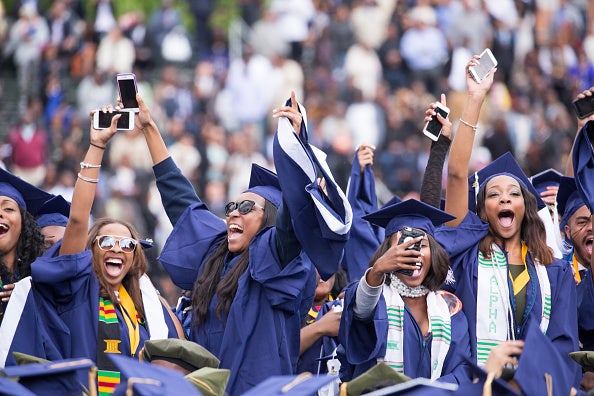
A number of Historically Black Colleges and Universities (HBCU) have seen a resurgence in enrollment numbers in the last year, according to HBCU Digest.
A similar increase occurred during the 2016-2017 school year, making the freshman enrollment spike at HBCUs a trend.
This year, freshmen enrollment is up more than 160 percent at Kentucky State University; 50 percent at Virginia State University; and 38 percent at Alcorn State University. At the same time, North Carolina A&T State University broke its own enrollment mark this year as the nation’s largest HBCU, and Elizabeth City State University also broke a five-year negative enrollment trend this year.
“While I must make it absolutely clear to everyone involved that one uptick in fall enrollment can’t be interpreted as a trend, we will take a moment to celebrate this accomplishment because it is the first time in seven years that ECSU has seen an overall increase in enrollment,” said ECSU Chancellor Thomas Conway.
Despite Conway’s caution, HBCUs, which have been plagued by declining enrollment numbers and dogged questions of their necessity, are experiencing a renaissance. Other HBCUS, including Shaw University, South Carolina State, Tuskegee University and Dillard University saw a similar spike last year, according to NPR.
“Simply put, as we see young Black people chant ‘Black Lives Matter’ in the streets, their actions clearly indicate that Black colleges matter as well,” Dillard University President Walter M. Kimbrough wrote in the Washington Post last year.
Kimbrough expounded on his reasoning to NPR’s Michel Martin, saying that increased racial tensions on college campuses over the past few years is the reason for the enrollment surge.
“As you look at a lot of the demands, people are asking for more Black faculty, more Black staff, Black living spaces, Black-centered curriculum,” he said. “Well, HBCUs have provided these things for almost 200 years. And so I think people are now asking a question to say, what’s important to me? And if those things are important, they’re looking to say, well, an HBCU offers that, and why don’t I just go to the place that has those things?”
He added: “The other part of the conversation with students and parents that I’m hearing is that they are concerned about their students being in those environments that they feel are hostile with macro- and micro-racial aggressions.”